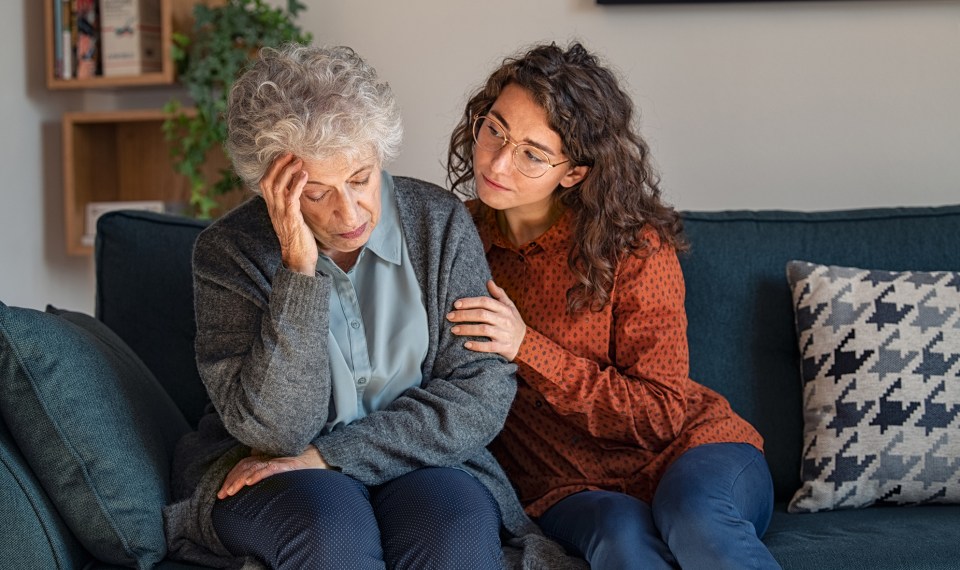It is not a new story. Bill had a stroke that left him with a moderately severe non-fluent aphasia. He can only produce short halting phrases. He completed inpatient rehabilitation and the allotted course of outpatient speech therapy. But, despite everyone’s best efforts, Bill still retains significant problems with verbal communication. During his six-month follow-up visit, his wife asks their doctor whether further speech therapy after stroke might help.
Will it make a difference? His doctor is willing to give it a try, but doubts that his insurance company will approve it. A recent study breaks new ground and helps give us some direction.
Increasing the ‘Dose’ of Speech Therapy after Stroke
Chronic aphasia affects about 20% of all patients who have had a stroke. Prior meta-analyses have concluded that speech therapy after stroke is effective even in the chronic stage if administered with significant intensity (five to 10 hours per week). However, most chronic and even acute therapy never reaches this intensity level. The “dose” is too low. Physicians routinely order outpatient therapy for one hour, two to three times a week. Superimposed on this is the “conventional wisdom” that improved verbal communication cannot be achieved in most patients with chronic (less than six-months duration) aphasia after stroke.
A study in Lancet reported on 158 stroke patients who were under the age of 70 years and more than six months post stroke. Half of the patients received intensive speech and language therapy (less than 10 hours a week for three weeks) while the control group received “treatment deferral.”
The control group did eventually receive intensive therapy after the initial study period. The primary endpoint was the degree of change in verbal communication effectiveness in everyday life. The treatment group, as compared to the control group, showed significant gains with intensive speech and language therapy that remained stable after a follow-up period of six months. The control group showed similar improvements once they also received intensive therapy. Continuing low intensity therapy during the six month follow-up period did not make a difference.
Improvements can be Made Even in Chronic Stage
The bottom line, “Intensive speech and language therapy is an evidence based intervention for patients with chronic aphasia after stroke.” The authors conclude: “Thus, our findings undermine the dogma that functional improvements cannot be achieved in the chronic stage after stroke.”
Here is our “ammunition” the next time a chronic stroke patient needs speech therapy. However, remember to try and get approval for high intensity therapy of more than 10 hours per week for at least three weeks.
Breitenstein C, Grewe T, Ziegler TGA et al: Intensive Speech and Language Therapy in Patients with Chronic Aphasia after Stroke: a randomised, open-label, blinded-endpoint, controlled trial in a health- care setting. Lancet 2017.389:1528-1538.
The content of this site is for informational purposes only and should not be taken as professional medical advice. Always seek the advice of your physician or other qualified healthcare provider with any questions you may have regarding any medical conditions or treatments.




